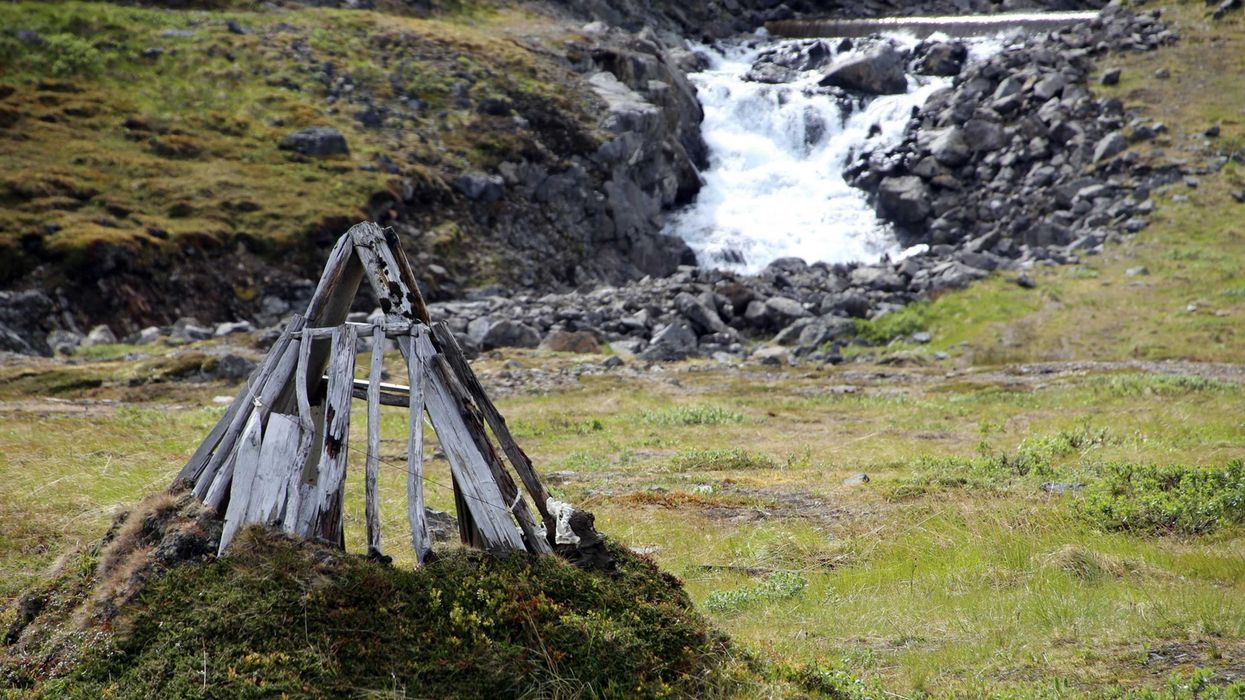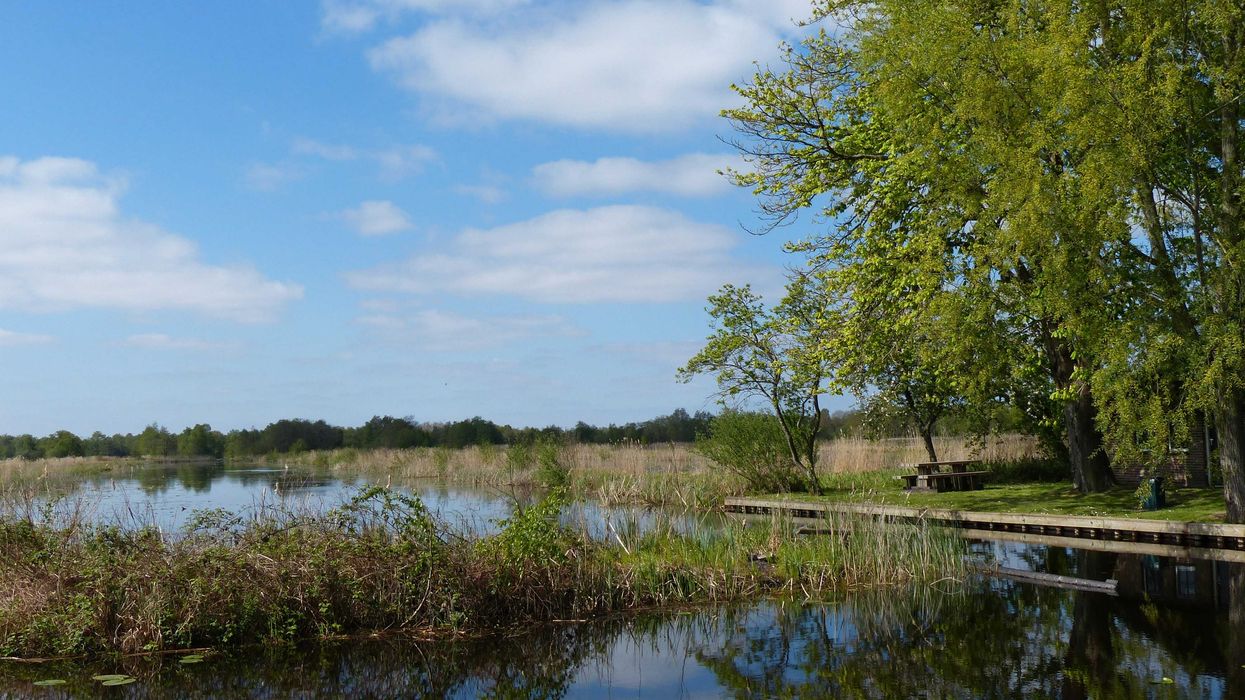Oil companies in Texas want legal immunity as they promote treated fracking water as a solution to the state’s growing water crisis, despite warnings from scientists about gaps in safety data.
Carlos Nogueras Ramos reports for The Texas Tribune.
In short:
- Texas lawmakers are advancing House Bill 49, which would limit legal liability for oil companies, water transporters, and landowners if treated fracking water — also called produced water — is reused and later causes harm.
- As Texas faces water shortages fueled by population growth and climate change, the oil industry says it can treat billions of gallons of wastewater for industrial or agricultural use, but it won’t proceed without legal protection.
- Environmental scientists warn that treatment technologies remain unproven and that regulators lack sufficient data to ensure the reused water is free from harmful chemicals, potentially shifting cleanup costs to taxpayers.
Key quote:
“We’re basing the responsibility for outcomes on the safety net of our regulatory system with this bill. Not on what outcomes might be possible in a best-case scenario.”
— Nichole Saunders, senior attorney at the Environmental Defense Fund
Why this matters:
As Texas reels from record-breaking droughts and an aging water system, pressure is mounting to find new water sources. Oil and gas wells produce staggering volumes of contaminated water — up to five barrels for every barrel of oil — and reusing this waste seems promising. But produced water contains hundreds of chemicals, many of which remain untested or poorly understood. Discharging it into rivers or repurposing it for crops or livestock introduces a host of environmental and health risks. Without rigorous science and reliable oversight, contaminants could enter ecosystems and food supplies. The proposed legal shield could leave communities and ecosystems exposed if treatment fails, while also letting polluters off the hook.
Read more: How the “Halliburton Loophole” lets fracking companies pollute water with no oversight














